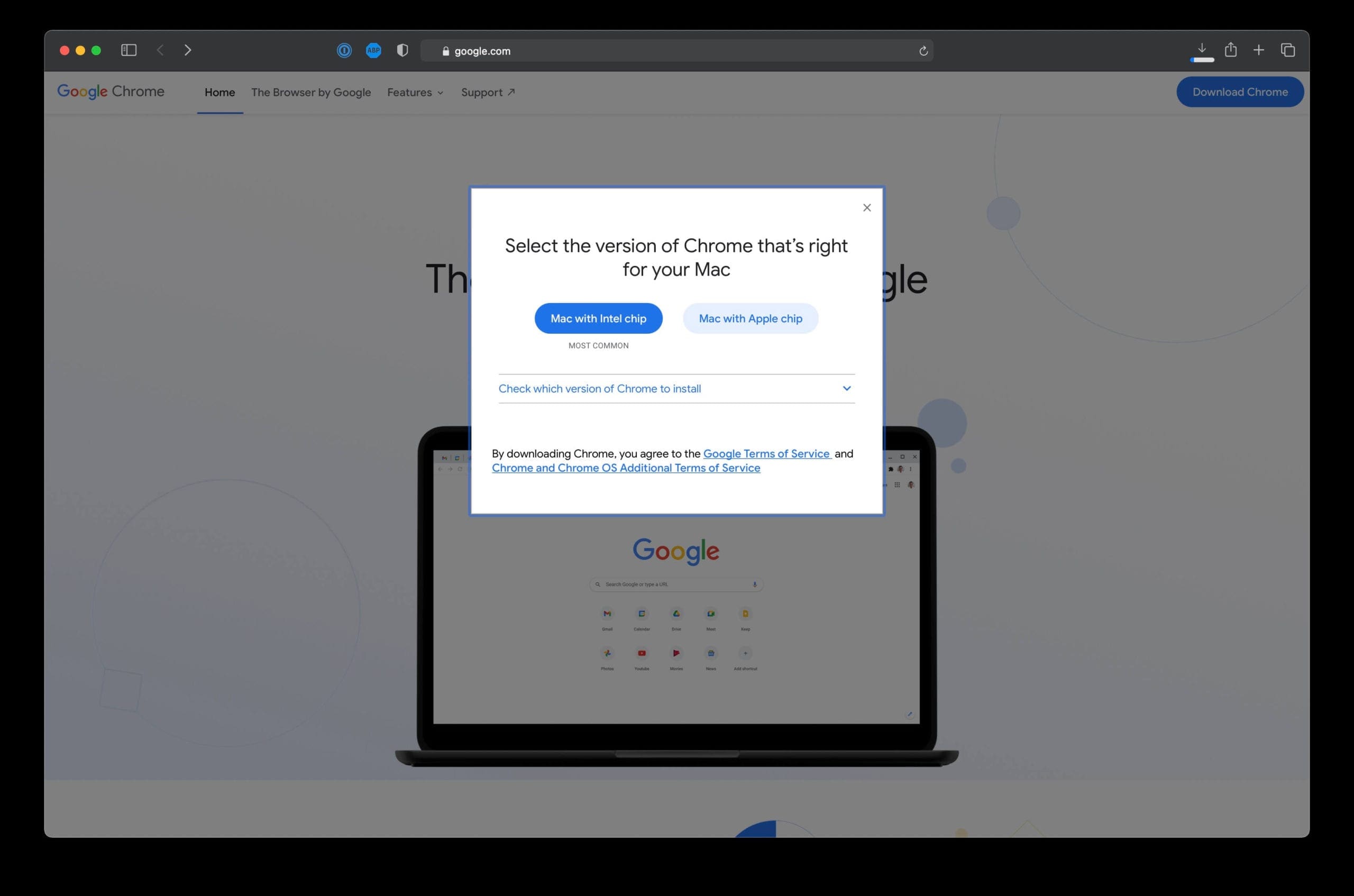

-disable-prompt-on-repost: Reloading a page that came from a POST normally prompts the user. block-new-web-contents is the strict version of this. -disable-popup-blocking: Disable popup blocking. -disable-notifications: Disables the Web Notification and the Push APIs. By default, protection is on to limit the number of IPC sent to 10 per second per frame. -disable-ipc-flooding-protection: Some javascript functions can be used to flood the browser process with IPC. -disable-features=ScriptStreaming: V8 script streaming. -disable-backgrounding-occluded-windows. -disable-background-timer-throttling: Disable timers being throttled in background pages/tabs. -autoplay-policy=user-gesture-required: Don't render video. mjpeg) Needs -use-fake-device-for-media-stream -use-file-for-fake-video-capture=: Use file for fake video capture (.y4m or. -use-fake-device-for-media-stream: Use fake device for Media Stream to replace camera and microphone. -no-default-browser-check: Disable the default browser check, do not prompt to set it as such. -disable-extensions: Disable all chrome extensions. -disable-default-apps: Disable installation of default apps. -disable-component-extensions-with-background-pages: Disable some built-in extensions that aren't affected by -disable-extensions. -disable-client-side-phishing-detection: Disables client-side phishing detection. Is an attempt to document all chrome flags that are relevant to tools, automation, benchmarking, etc.Īll use cases are different, so you'll have to choose which flags are most appropriate. Hit Enter and the Chrome plugin will immediately appear.Many tools maintain a list of runtime flags for Chrome to configure the environment. Open Chrome and copy and paste the following in the omnibox: chrome://settings/content/unsandboxedPlugins. There are two ways to do this to take back your CPU on your Mac. Now that you know what Chrome Helper is and why it takes up so much memory, it’s time to disable it. Chrome for mac not rendering content how to#
How to Disable Chrome Helper the Short Way The result of all of this is that you can end up with each Chrome plugin having its own Chrome Helper process as well as every installed extension having its own.

It can also be attributed to other Chrome operations like poorly-coded browser extensions. Chrome Helper isn’t limited to embedded video either. The result is that either Chrome will freeze, your computer will run slowly, or all of the above can happen. Ultimately, these instances can strain the amount of available RAM you have on your computer, causing the high CPU spikes. How does Chrome Helper end up using too much memory? The answer isn’t limited to just one instance, but the likelihood is that you will see multiple instances of Chrome Helper running at one time. Next, it will use Chrome Helper to grab the video from the server where it’s being stored and load it onto the page. Think of Chrome Helper as something Google added to the browser to grab content from a variety of browser plugins and to help it run more smoothly.įor example, when you open a website that has embedded video, Chrome will load all of the HTML content first. That moment in time is likely due to Chrome Helper. Remember the last time you used Chrome, and it sounded like an airplane about to take off. What is Chrome Helper, and why does it use so much CPU? Let’s examine why and what you can do about it.Īlso read: How to Pin Extensions to Google Chrome Toolbar What Is Chrome Helper? Chrome Helper in particular often appears to be the centerpiece of the browser’s memory use. All of its positives aside, Chrome’s continued bloating with new features and extensions over the years often leads to unnecessary strain on your system’s resources. As good as it is, Google Chrome is still a big memory hog.






 0 kommentar(er)
0 kommentar(er)
